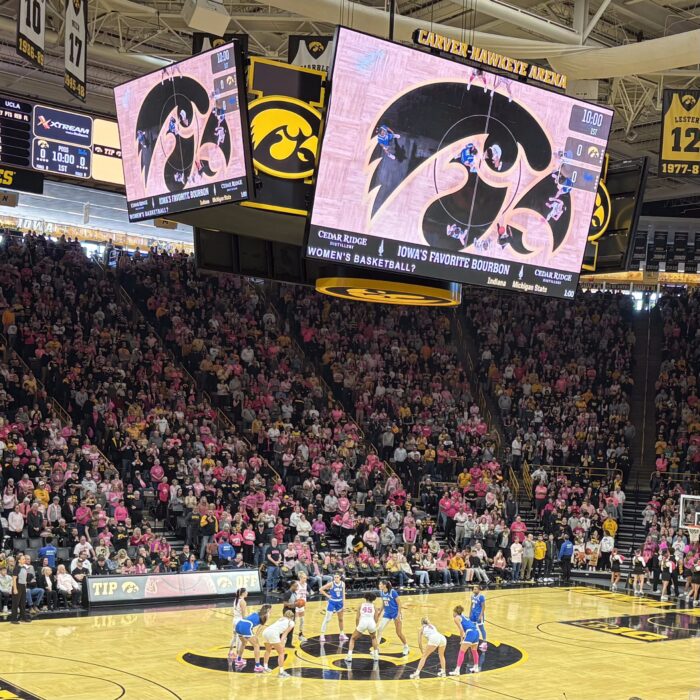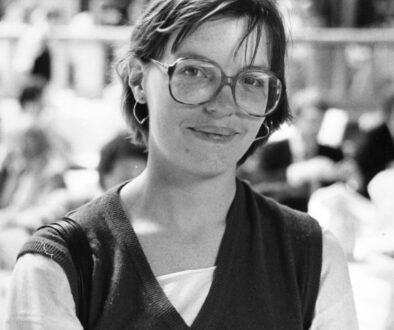Independence matters
February 23, Iowa City, Iowa
Waves of sound fill Carver-Hawkeye Arena as the two teams, tied at 54, race up and down the court.
A score, a miss, a block.
The Hawkeyes are playing #3 UCLA. They struggled early in the season – new coach, new cast of players – but they beat #4 USC few weeks earlier and took #8 Ohio State to overtime just days ago.
* * *
Although I never had the chance to see Iowa’s renowned 6-on-6 high school tournament, I imagine it must have sounded much like this, as players dribbled, passed and shot in front of avid hometown fans.
Being in Iowa reminded me of the state’s remarkable support for women’s basketball.
It also emphasized the value of female independence – one of the most important themes in American women’s history.
I felt this keenly during my time at the Iowa Women’s Archive. While it was great to experience the hard-fought Iowa-UCLA contest, I was even more excited to visit the archive, and to meet both the current archivist, Janet Weaver (right), and her predecessor, Kären Mason.
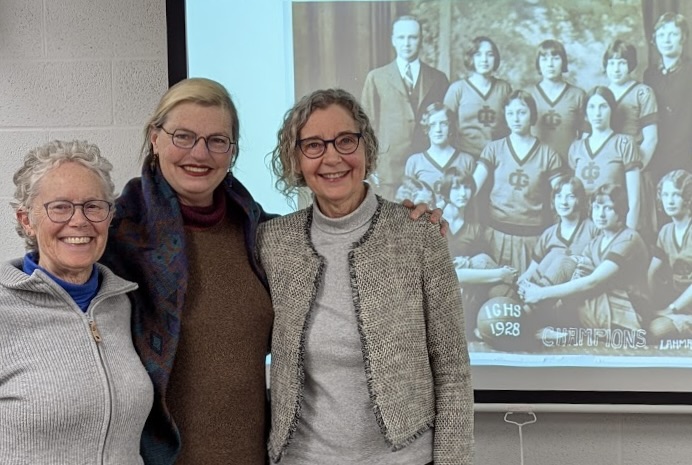
Historical work depends heavily on the documents preserved in archives, and on the knowledgeable people who direct you to materials that can aid in your research. I had experienced both while working with the Iowa Women’s Archive for the first edition of Shattering the Glass. But I didn’t know much about the archive’s history.
During my visit, I learned that it was started by Louise Noun, a collector of women’s art and a historian of women’s suffrage determined to preserve the history of Iowa women.
During the 1980s, Noun worked with longtime political activist Mary Louise Smith to build support for the archive. When the University of Iowa offered space but no funding, Nunn financed the initial $1.4 million endowment by selling Frida Kahlo’s “Woman with Loose Hair.”

The independence conferred by a permanent endowment ensures that Iowa women’s history will continue to be preserved, regardless of administrative or political change. The archive now includes more than 1,200 manuscript collections, along with other resources that document the experiences of Iowa women.
The significance of independence also runs through the history of Iowa women’s basketball.
Historically, most supporters of the American women’s game were forced to depend on on the good will of organizations that supervised men’s as well as women’s play – and which almost always prioritized the men.
Iowa was an exception. In 1925, members of the Iowa High School Athletic Association voted overwhelmingly to do away with the recently established state girls’ tournament. Supporters of girls’ basketball, including a number of male coaches, rallied to create their own association, the Iowa Girls’ High School Athletic Union.
The IGHSAU tournament became one of the state’s most celebrated traditions, far outshining the boys’ competition.
In 1940, when Hansell High took the title, Life magazine reported that there “wasn’t a hall in town big enough to hold the crowds who turned out to greet the team.” A few years later, when Wellsburg won it all, the school bus carrying the players home was followed by a six-mile line of cars. In 1947, the tournament sold 40,000 tickets, and fans were turned away.
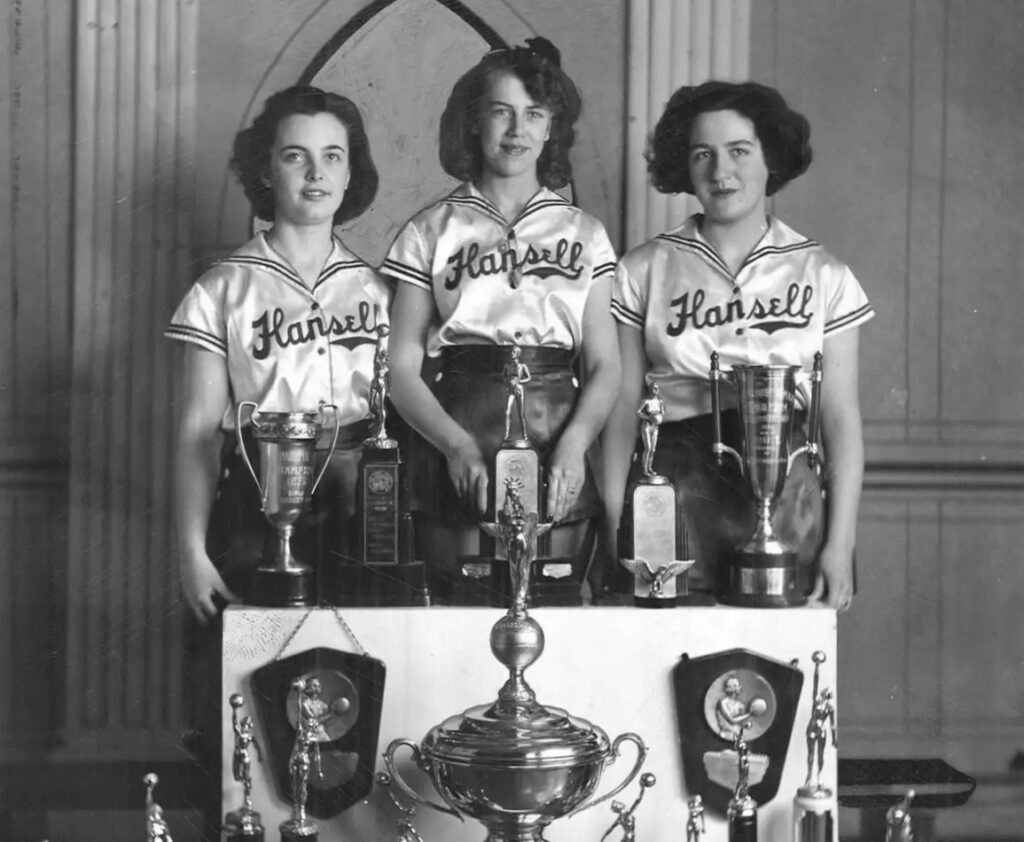
Everyone in Iowa watched women’s basketball – long before Caitlin Clark came along.
When Title IX became law in 1972, University of Iowa president Sandy Boyd appointed a women’s athletic director – the legendary Christine Grant. Since Grant ran a separate department, she did not have to fight administrators focused on men’s athletics for support. She could focus her energies on building up women’s teams, on leading the campaign to effectively implement Title IX, and on advising female leaders at less-fortunate schools.
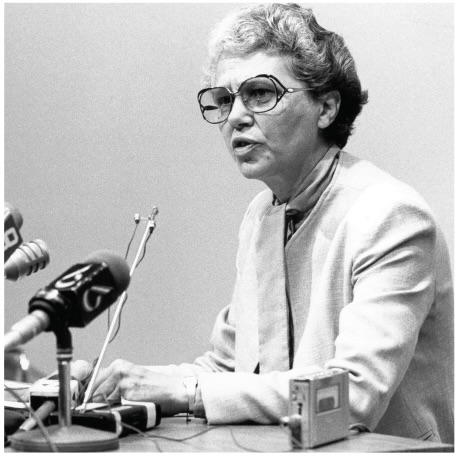
After she retired, she made sure that her papers went to the Iowa Women’s Archive.
* * *
Back at Carver-Hawkeye Arena, the clock is winding down. A last-second shot bounces off the rim, and the Hawkeyes lose a heartbreaker, 67-65. Two weeks later, they’ll suffer a similar fate, falling to higher-ranked Ohio State, 60-59, in the quarterfinals of the Big 10 tournament.
They’ll have one more chance in the NCAA contest.
But thanks to their predecessors, Iowa women’s basketball does not depend on one team, one season or one star for its support. Generations of women – along with a few men –have made sure of that.
